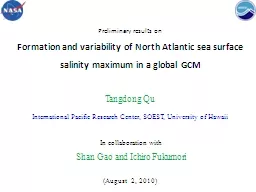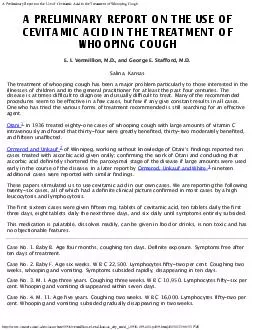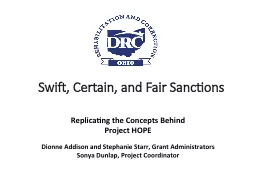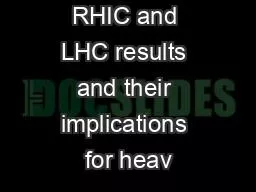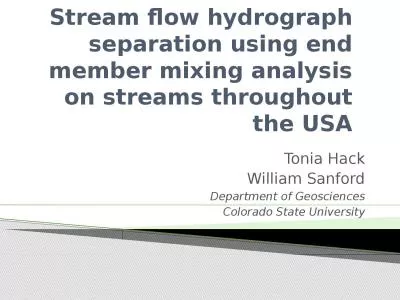PPT-Preliminary results on
Author : natalia-silvester | Published Date : 2016-07-07
Formation and variability of North Atlantic sea surface salinity maximum in a global GCM Tangdong Qu International Pacific Research Center SOEST University of
Presentation Embed Code
Download Presentation
Download Presentation The PPT/PDF document "Preliminary results on" is the property of its rightful owner. Permission is granted to download and print the materials on this website for personal, non-commercial use only, and to display it on your personal computer provided you do not modify the materials and that you retain all copyright notices contained in the materials. By downloading content from our website, you accept the terms of this agreement.
Preliminary results on: Transcript
Download Rules Of Document
"Preliminary results on"The content belongs to its owner. You may download and print it for personal use, without modification, and keep all copyright notices. By downloading, you agree to these terms.
Related Documents

